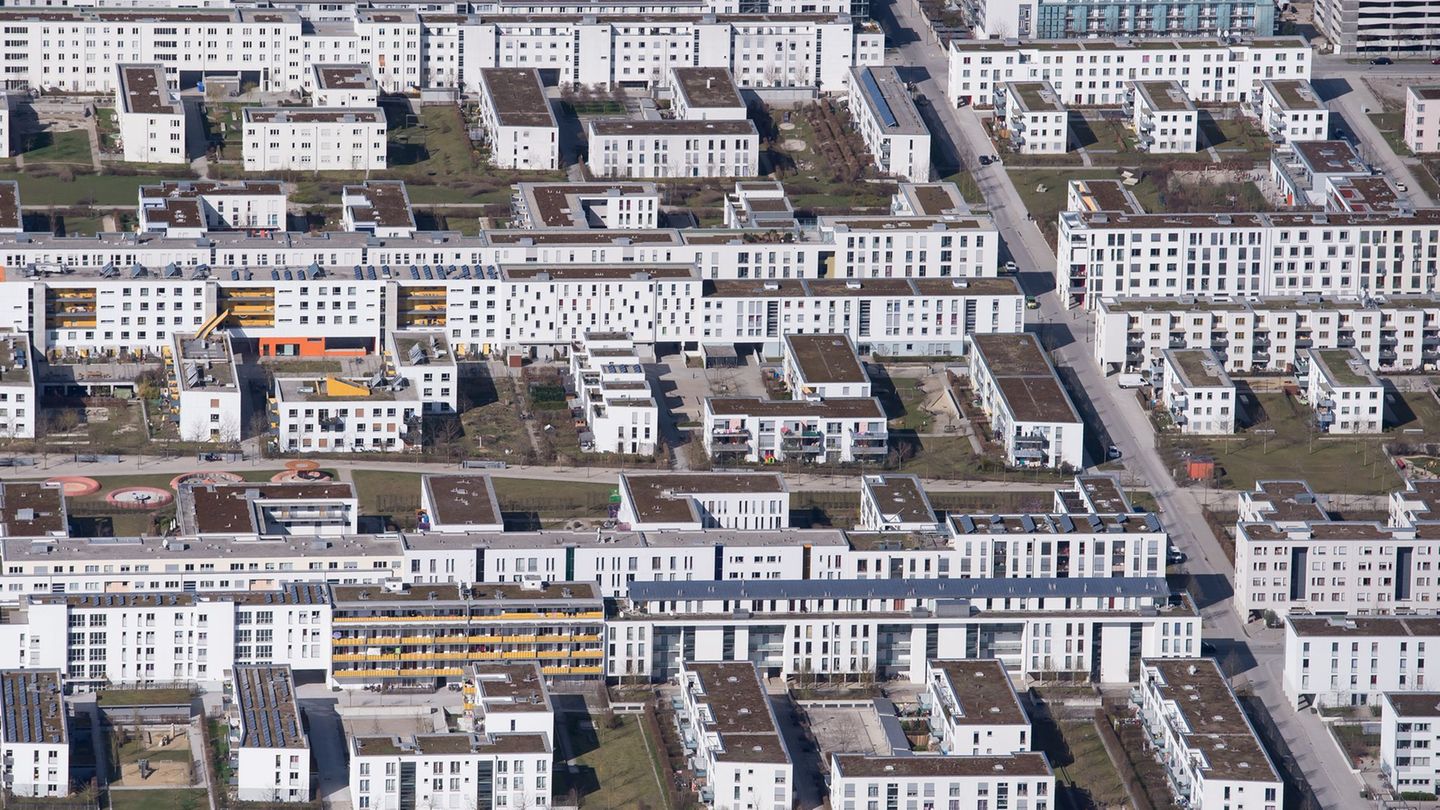Menu
Economic output every quarter: Economy in Eurozone is growing less than expected
Categories
Most Read
Heating with a heat pump: Homeowner draws stock after 20 years
October 6, 2025
No Comments
Wrong sick reports: Detective tells how he tracks down Blaumacher
October 6, 2025
No Comments
Germany industrial location: mood in the supply industry remains bad
October 6, 2025
No Comments
The purchasing power of the minimum wage fell again in August and reached its lowest level since 2001
October 5, 2025
No Comments
Latest Posts

Fitting car windows: This is how dehumidifiers work
October 6, 2025
No Comments
Dehumidifier Smart slices? So reduce moisture and mold in the car Copy the current link Add to the memorial list Due to the high humidity

True Crime: “Monster” star Hunnam wrestles with serial murderer
October 6, 2025
No Comments
Lisa HarrisI am an author and journalist who has worked in the entertainment industry for over a decade. I currently work as a news editor

Housing: Pestel Institute: Lack of housing is getting even bigger
October 6, 2025
No Comments
AngelicaI am an author and journalist who has written for 24 Hours World. I specialize in covering the economy and write about topics such as
24 Hours Worlds is a comprehensive source of instant world current affairs, offering up-to-the-minute coverage of breaking news and events from around the globe. With a team of experienced journalists and experts on hand 24/7.

